Bohemians in St. John's Wood
An Extraordinary History of a London House
June Capel Osborn Hutchinson, Lady Hutchinson of Lullington (1920-2006)
Owner and Resident of 6 Abercorn Place
June’s Father: June Capel was the youngest daughter of Captain Arthur (“Boy”) Capel. Born in 1881 in Brighton, UK, to a wealthy shipping magnate father and a French aristocratic mother, Arthur Capel was described as entrepreneurial, intellectual, political, and a dashing international polo player. For ten years, 1909-1919, he was the lover of Coco Chanel, providing financial support for her clothing design career.
June’s Mother: In 1918, at the insistence of his family that he marry into English aristocracy, Arthur Capel wed Diana Lister, daughter of Lord Ribblesdale and widow of Percy Wyndham (half-brother to the future Earl Grosvenor) who was killed in 1914 fighting in World War I. Dinah was pregnant with June when Arthur Capel was killed December 22, 1919, in a motor accident in the south of France, in his chauffeur-driven Rolls Royce, on his way to Cannes to spend Christmas with Coco Chanel.
Diana’s third husband was the 14th Earl of Westmorland, Vere Anthony Fane, known as the “sporting peer” for his prize-winning race horses and championship golfing events. June Capel was reared by Diana and Vere Antony Fane. Diana’s elder sister, Laura, was married to Lord Lovat, and another sister to Sir Mathew Wilson, 4th Baronet. Diana Fane’s children with Vere Anthony Fane include daughter Enid who was the grandmother of the husband of Lady Sarah Spencer, elder sister of Diana, Princess of Wales.
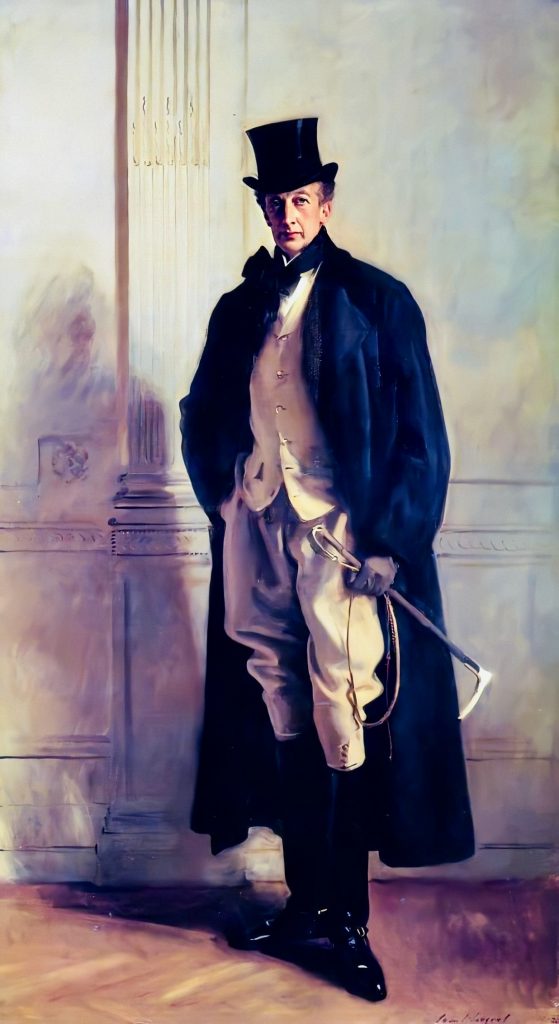
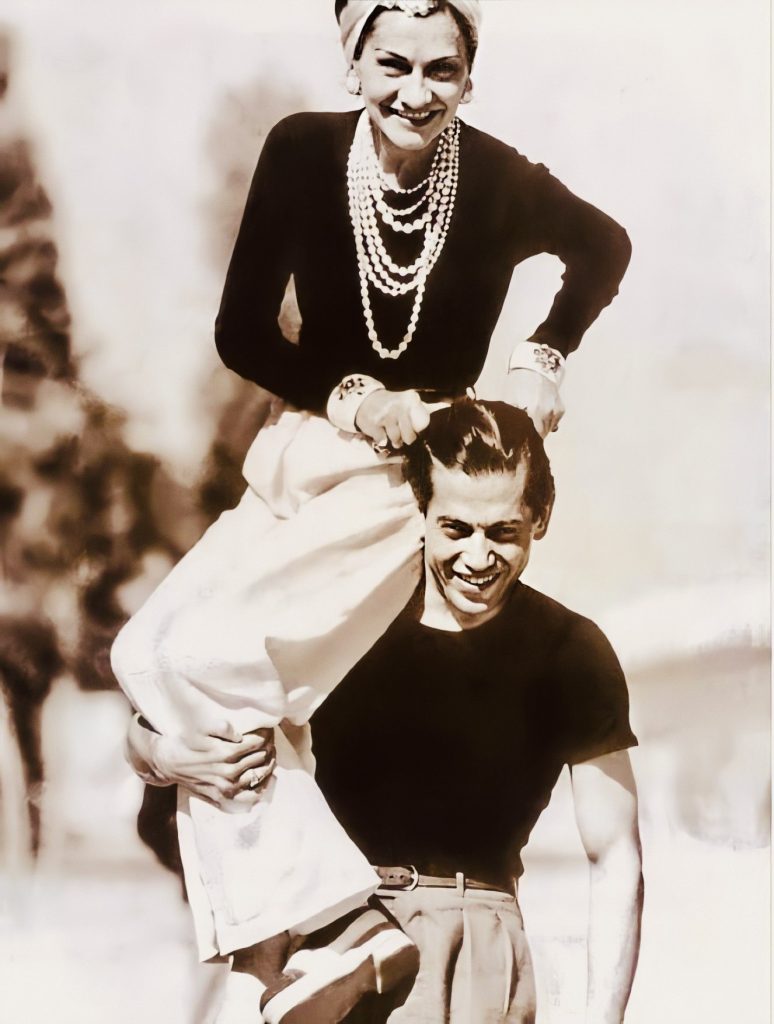
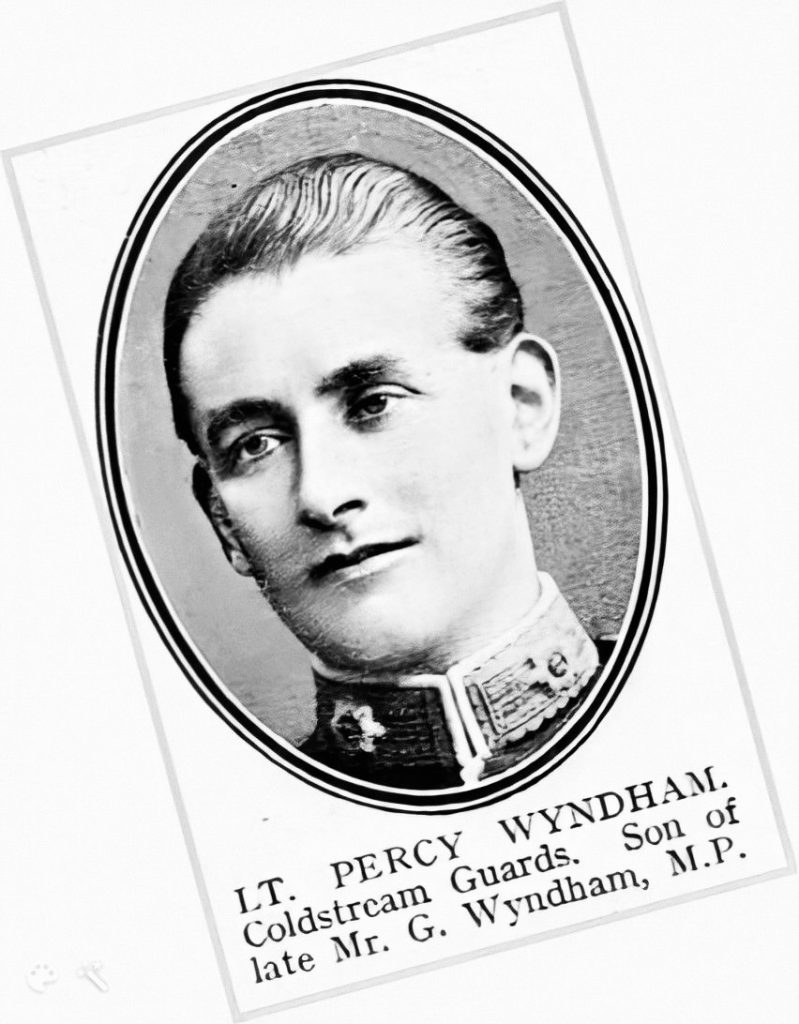

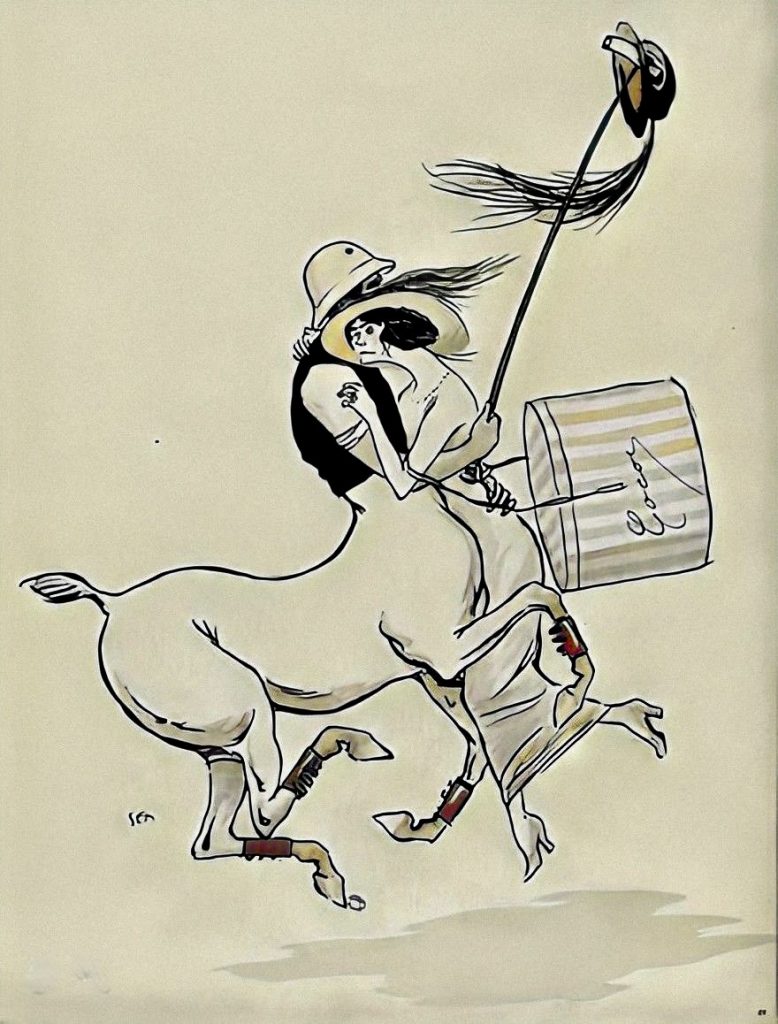
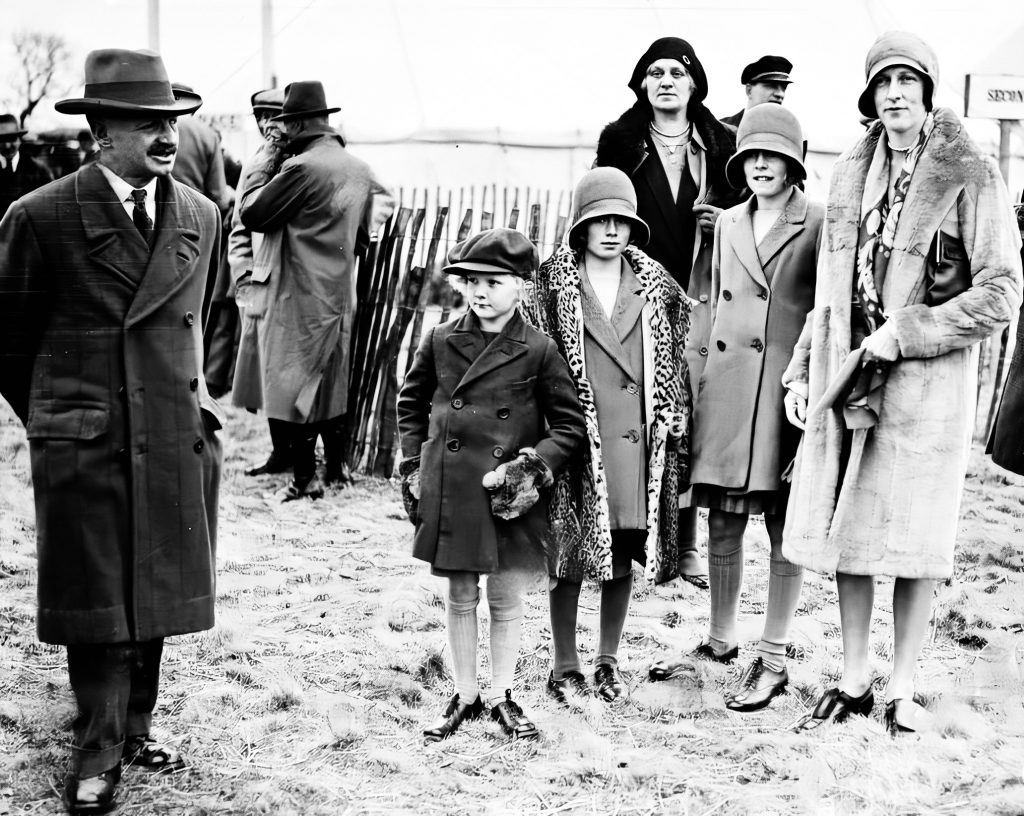

June Capel first married the talented, yet haunted, pianist Franz Osborn. As a Jewish refugee from Nazi Germany, Osborn was interned in Britain during the war. In addition to his concert performances and recordings, he gave private piano recitals in their music salon, often attended by the Queen Mother. He died in 1955, aged 49, leaving June with a son, Christopher.
In 1958 a friend, Lady Diana Cooper, suggested that the widowed June she should marry “confirmed bachelor” Cecil Beaton. Cooper had lied to Beaton that June had been impressed by seeing him wear short pajama pants at a weekend house party. “Why don’t you marry her and have a child?” she suggested to him. The idea appealed to Beaton. He began to take June to the theatre, and then subjected her to a number of tests, one of which included a dinner with the painters Francis Bacon and Lucian Freud. Just before Christmas 1959, Beaton proposed to her over lunch. She declined, later telling a friend, “Cecil has never yet laid a hand on me!”
During this time, June also had a ten-year friendship with “confirmed bachelor” Conservative Leader Edward Heath. When there were newspaper rumors of marriage to Heath, she was quoted, “It is much harder at 45 than at 25. One sees so many failures, don’t you think?” Years later, she revealed that Heath had proposed to her, but “he never so much as held my hand, let alone breathe a word of love!”
In reality, the public dalliances with Cecil Beaton and Edward Heath served to hide from gossips and newspapers the truth of June Capel Osborn’s secret love affair with celebrated barrister Jeremy Hutchinson, who was then married to the actress Dame Peggy Ashcroft. June’s affair with Jeremy was enabled by Ashcroft’s many film and stage absences. By 1965, Ashcroft had become aware of her husband’s affair. June Capel Osborn was cited in Ashcroft’s subsequent divorce proceedings.
Jeremy and June married in 1966. In 1971, after he had become Prime Minister, Edward Health invited the Hutchinsons for a weekend with him at Chequers. “Let bygones be bygones, and all that!”